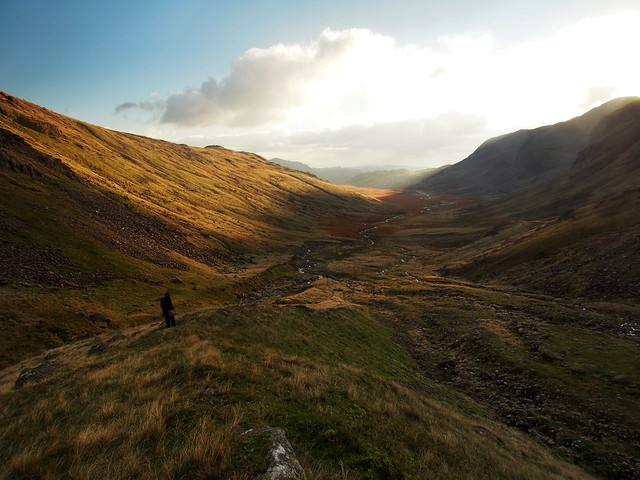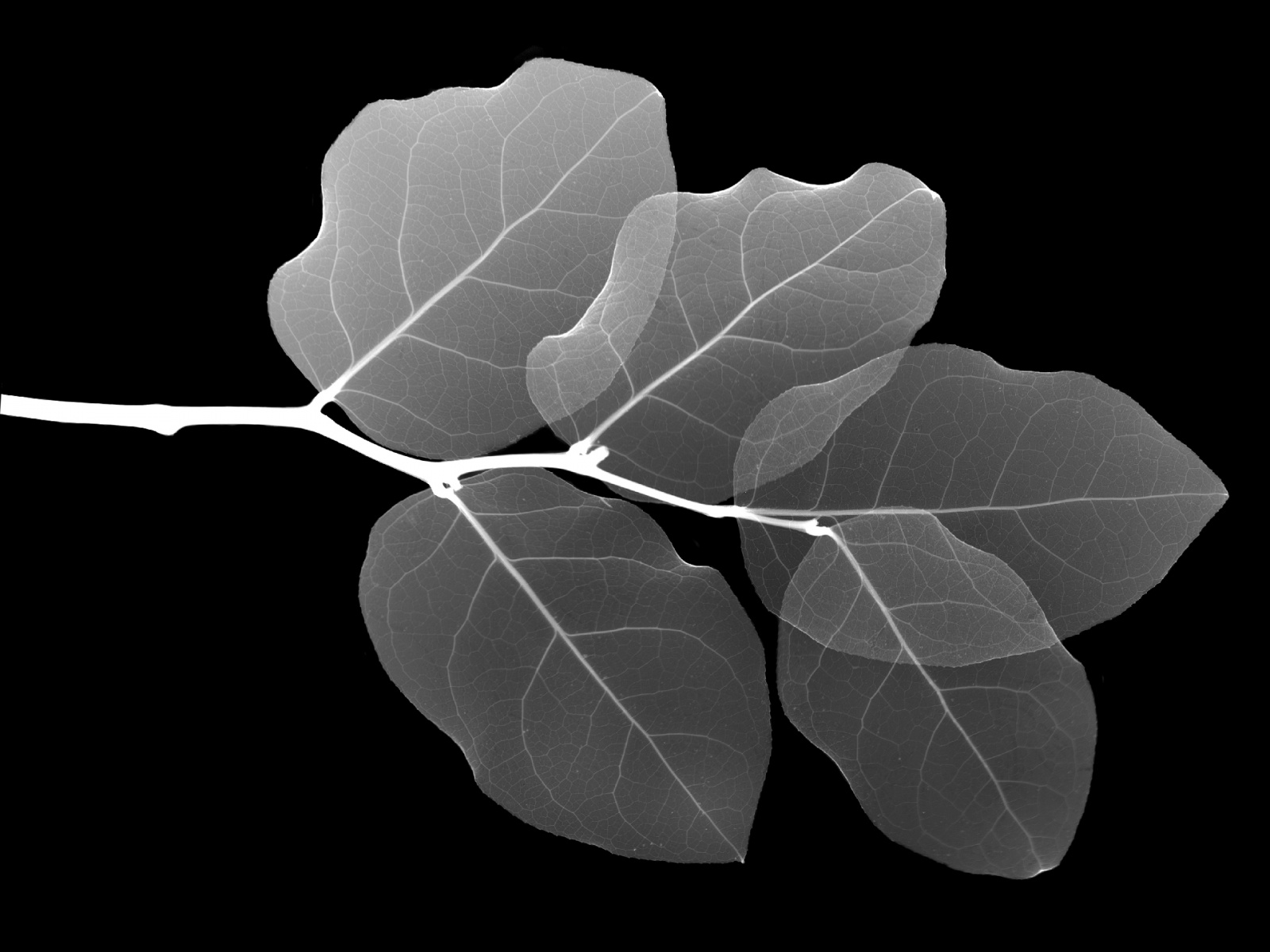Implications of introducing realistic fire response traits in a Dynamic Global Vegetation Model
Bark thickness is a key trait protecting woody plants against fire damage, while the ability to resprout is a trait that confers competitive advantage over non-resprouting individuals in fire-prone landscapes. Neither trait is well represented in fire-enabled dynamic global vegetation models (DGVMs). Here we describe a version of the Land Processes and eXchanges (LPX-Mv1) DGVM that incorporates both of these traits in a realistic way. From a synthesis of a large number of field studies, we show there is considerable innate variability in bark thickness between species within a plant-functional type (PFT). Furthermore, bark thickness is an adaptive trait at ecosystem level, increasing with fire frequency. We use the data to specify the range of bark thicknesses characteristic of each model PFT. We allow this distribution to change dynamically: thinner-barked trees are killed preferentially by fire, shifting the distribution of bark thicknesses represented in a model grid cell. We use the PFT-specific bark-thickness probability range for saplings during re-establishment. Since it is rare to destroy all trees in a grid cell, this treatment results in average bark thickness increasing with fire frequency and intensity. Resprouting is a prominent adaptation of temperate and tropical trees in fire-prone areas. The ability to resprout from above-ground tissue (apical or epicormic resprouting) results in the fastest recovery of total biomass after disturbance; resprouting from basal or below-ground meristems results in slower recovery, while non-resprouting species must regenerate from seed and therefore take the longest time to recover. Our analyses show that resprouting species have thicker bark than non-resprouting species. Investment in resprouting is accompanied by reduced efficacy of regeneration from seed. We introduce resprouting PFTs in LPX-Mv1 by specifying an appropriate range of bark thickness, allowing resprouters to survive fire and regenerate vegetatively in the next growing season, while regenerating from seed at 10% the rate of non-resprouters. Tests of LPX-Mv1 for Australia - a continent with a wide range of fire-adapted ecosystems - show that it produces a 33% improvement in the simulation of vegetation composition compared to the previous version of the model, with more realistic vegetation transitions from forests to woodland/savanna. It also produces a 19% improvement in the simulation of burnt area compared to the original model. Resprouting PFTs dominate tropical and temperate areas where the climate is semi-humid but are not common in very dry or very wet areas. Comparison with site-based observations of the abundance of resprouters indicate this is realistic. Ecosystems dominated by resprouters in the simulations recover to pre-fire levels of biomass within 5-7 years, much faster than ecosystems dominated by non-resprouters; again this is confirmed by our analyses of the observations. Simulations of the response to projected future climate change show that the incorporation of adaptive bark thickness and of resprouting has a significant effect on terrestrial carbon stocks in fire-affected areas.
Cite By |
Year |
|
|---|---|---|
Implications of introducing realistic fire response traits in a Dynamic Global Vegetation Model |
0 | 2013 |
| D Kelley, SP Harrison, IC Prentice | ||
| AGU Fall Meeting Abstracts | ||
| more info | ||
| Generated using scholar packages: | ||
| Keirstead , James ( 2015 ), scholar: analyse citation data from Google Scholar , R package version 0.1.4 , http://github.com/jkeirstead/scholar | ||
| and | ||
| googleScholarGrab version no. c30b66a | ||
| extracted from Douglas Kelley 's google scholar on Tue 07 Feb 2017 21:52:29 |


